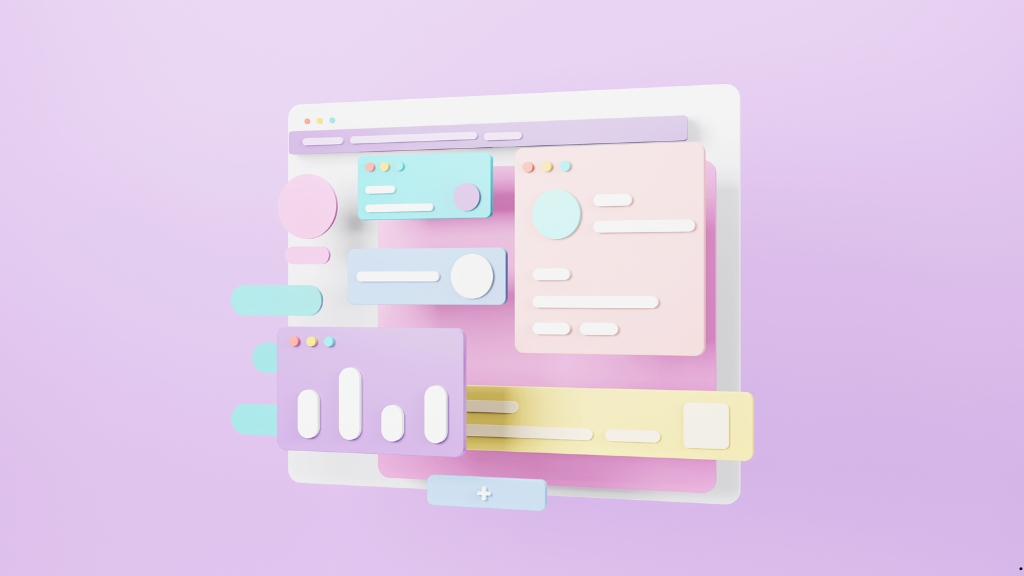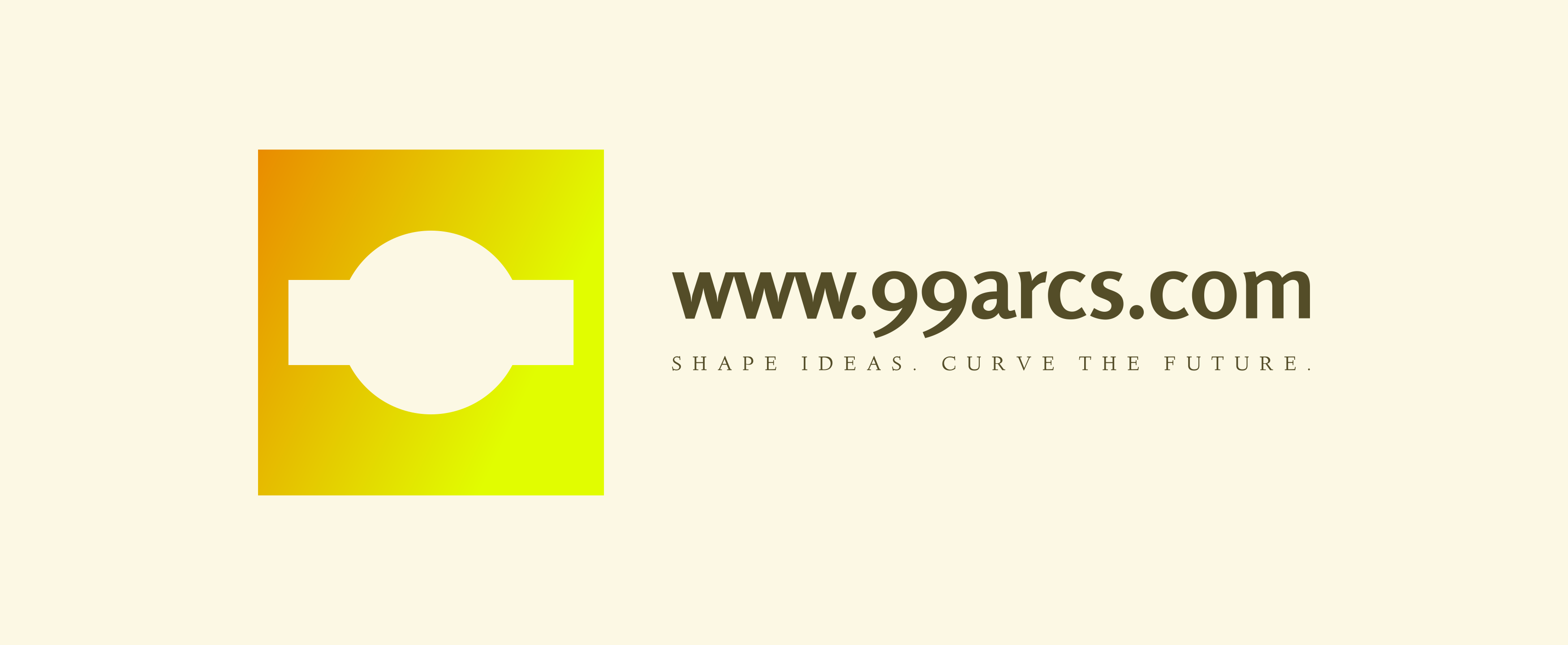Exploring Minimalism Meets Motion: Dynamic Curves for Engaging Web Interfaces

In a world where digital experiences often feel cluttered and overwhelming, minimalism serves as a breath of fresh air. It's not just about stripping away excess; it's about creating a harmonious balance that enhances user engagement. As I dive into the fascinating intersection of minimalism and motion design, I'm excited to explore how dynamic curves can elevate web interfaces into a realm of fluidity and elegance.
Imagine a website that feels alive, where every curve and transition guides you effortlessly through the content. This blend of simplicity and motion not only captivates users but also improves usability. Join me as I uncover the principles behind this design philosophy and how it can transform the way we interact with the digital world.
Overview of Minimalism in Web Design
I focus on minimalism as a design philosophy that strips away the unnecessary, allowing users to engage with content more intuitively. Minimalism fosters a clean interface that enhances overall usability.
Principles of Minimalism
Clarity: Clarity remains paramount, as designs emphasize the essential elements, reducing cognitive load.
Functionality: Functionality drives the minimalist approach, ensuring each component serves a specific purpose.
Whitespace: Whitespace plays a crucial role, providing breathing space around elements to improve focus and navigation.
Consistency: Consistency across design elements creates a seamless experience, as similar visual cues guide user interactions.
Visual Hierarchy: Visual hierarchy helps prioritize information, making it easy for users to identify key content at a glance.
The Importance of Simplicity
Simplicity enhances user experience by eliminating distractions. Streamlined designs promote efficient navigation, enabling users to find information quickly. By removing clutter, simplicity encourages users to focus on essential actions, improving engagement rates. Prioritizing simplicity ensures that web interfaces remain user-friendly, fostering positive interactions and increasing satisfaction.
The Concept of Motion in Web Interfaces
Motion in web interfaces adds a layer of interactivity and engagement, enhancing user experiences. Dynamic elements, like curves and transitions, create a sense of fluidity that complements minimalist design.
Types of Motion in Design
Transitions: Transitions smooth out the changes between states, such as hover effects, allowing users to anticipate actions.
Animations: Animations provide visual feedback for user interactions, like loading indicators or buttons that respond to clicks.
Microinteractions: Microinteractions involve small animations that guide users through tasks, such as filling out forms or completing transactions.
Scrolling Effects: Scrolling effects, like parallax scrolling, create a sense of depth and enhance storytelling as users navigate.
View Transitions: View transitions facilitate seamless content shifts, like page changes, ensuring users remain engaged during navigational shifts.
Benefits of Incorporating Motion
Enhanced Engagement: Motion captures attention, encouraging users to interact more with content and features.
Improved Clarity: Motion illustrates relationships between elements, clarifying actions and available options for users.
Aesthetic Appeal: Aesthetic motion design elevates the overall visual appeal, making interfaces more enjoyable and memorable.
Guided Navigation: Motion directs user focus, guiding them seamlessly from one action to the next, improving the overall flow.
Feedback Mechanism: Motion provides instant feedback, reassuring users that their actions have been registered, which enhances trust and satisfaction.
Dynamic Curves: A Design Element
Dynamic curves serve as a pivotal design element in web interfaces, striking a balance between minimalism and motion. These curves enhance the fluidity of interactions, creating an engaging experience that guides users seamlessly.
Understanding Dynamic Curves
Dynamic curves refer to the gentle, flowing lines used in web interfaces that contrast with sharp, rigid edges. These curves add a sense of movement and elegance, which attracts users’ attention. They can represent paths or transitions, subtly guiding users through a digital landscape. I view curves not just as aesthetic choices; they serve functional purposes, making navigation feel more intuitive and effortless.
How Curves Enhance User Experience
Curves effectively enhance user experience in several ways:
Visual Appeal: Curves bring a softer, more inviting look to interfaces, making them more engaging and less intimidating.
Guided Navigation: Curves direct users’ eyes toward important elements, helping them focus on key areas and actions.
Fluid Motion: Curves create a sense of natural flow during transitions, which contributes to a cohesive experience and reduces cognitive load.
Emotional Connection: Curved elements evoke feelings of comfort and approachability, fostering a connection between the user and the interface.
Consistency: Using curves consistently throughout design maintains a harmonious aesthetic, reinforcing brand identity and user familiarity.
Incorporating dynamic curves within minimalistic web design amplifies its effectiveness, resulting in web interfaces that resonate with users on multiple levels.
The Intersection of Minimalism and Motion
The blend of minimalism and motion design can create visually stunning and effective web interfaces. This section highlights practical examples and the challenges that arise in the integration process.
Case Studies on Successful Implementations
Airbnb: Airbnb’s interface skillfully combines minimalism with motion. It uses subtle animations to guide users through the booking process, enhancing interaction without overwhelming.
Dropbox: Dropbox employs dynamic curves in its design, emphasizing minimal elements while providing a fluid navigation experience. Smooth transitions make actions clear and encourage user engagement.
Stripe: Stripe’s user interface demonstrates the power of motion within a minimal framework. It features clean layouts and animated elements that simplify complex tasks, improving user understanding and satisfaction.
Medium: Medium’s platform exemplifies minimalism enhanced with motion. Scrolling effects provide a sense of progression, drawing users deeper into content while maintaining a tidy aesthetic.
Challenges and Considerations
Overuse of Motion: Excessive motion can distract users. Finding the right balance between dynamic elements and simplicity is crucial.
Performance Issues: Animations require resources, potentially impacting loading times and responsiveness. Optimizing performance while maintaining engaging designs presents a challenge.
Accessibility Concerns: Motion elements can hinder accessibility. Ensuring that all users can navigate effectively is essential for an inclusive design.
User Preferences: User preferences vary; some may favor static interfaces. Adapting to a diverse audience's needs remains a consideration when implementing motion.
Integrating minimalism and motion design offers significant potential for enhancing web interfaces. However, understanding the associated challenges ensures a streamlined, user-focused experience.
Conclusion
Embracing minimalism and motion design can truly elevate web interfaces. The synergy of dynamic curves and a clean aesthetic creates a user experience that's not only engaging but also intuitive. I've seen firsthand how these principles can transform digital interactions, making them feel alive and responsive.
As I continue to explore this design philosophy, I'm excited about the potential it holds for enhancing usability and user satisfaction. With careful consideration of balance and user needs, we can craft interfaces that resonate deeply with users. The journey toward a seamless blend of minimalism and motion is just beginning, and I'm eager to see where it leads.
